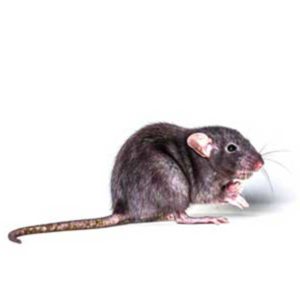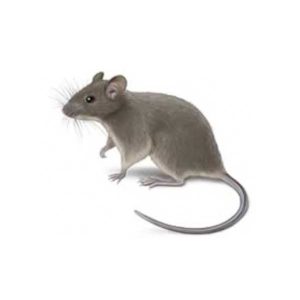Norway Rats in Virginia
Norway rats are frequently called brown rats or sewer rats. They are known for their stockier build, which makes them larger than roof rats. These rats are also known to be more aggressive as well, which is why their infestations can be so problematic for homeowners. Even worse, Norway rats are dependent on human activity for survival. These scavengers will eat almost anything but prefer cereal grains, meats, fish, nuts, and some fruits.
Like most rodents, Norway rats are most active an hour after sunset and just before dawn. This makes it more likely to see them overnight than during the daylight hours. The gnawing activity of Norway rats can cause considerable damage to homes, gardens, and structures. Norway rats are carriers of serious diseases, including jaundice, rat-bite fever, and salmonella.
Norway Rat Environment
Norway rats like to burrow. Both indoors and outdoors, these rats will construct burrows that are 2 to 3 inches in diameter and up to 6.5 feet in length. Burrows are constructed outdoors beside foundations and gardens. Norway rats are nocturnal and will enter homes at night in search of food, returning back to their burrow. If nests are found inside homes, they are typically in basements and crawl spaces. When the infestation is bad, Norway rats will nest in the higher levels of a home.
Norway Rat Behaviors, Threats or Dangers
Norway rats can be one of the worst rodent problems due to their destructive habits. They can damage foundations, slabs, garden crops, and plants as they burrow and gnaw to find food and shelter. Inside homes, Norway rats may cause extensive damage when nesting in walls and attics. Accounts of rodents starting fires through the gnawing of electrical wires have been widely reported. Chewed, exposed wires inside walls can spark, causing interior walls to catch fire. When foraging for food, these rats consume and contaminate food meant for humans, pets, and livestock. Salmonella, leptospirosis, and rat-bite fever are among the dozens of diseases spread by Norway rats.
As soon as you spot Norway rat activity in your property, always contact a licensed rodent control company.
Need help with Norway Rats?
We'll call you! Leave your information below.


